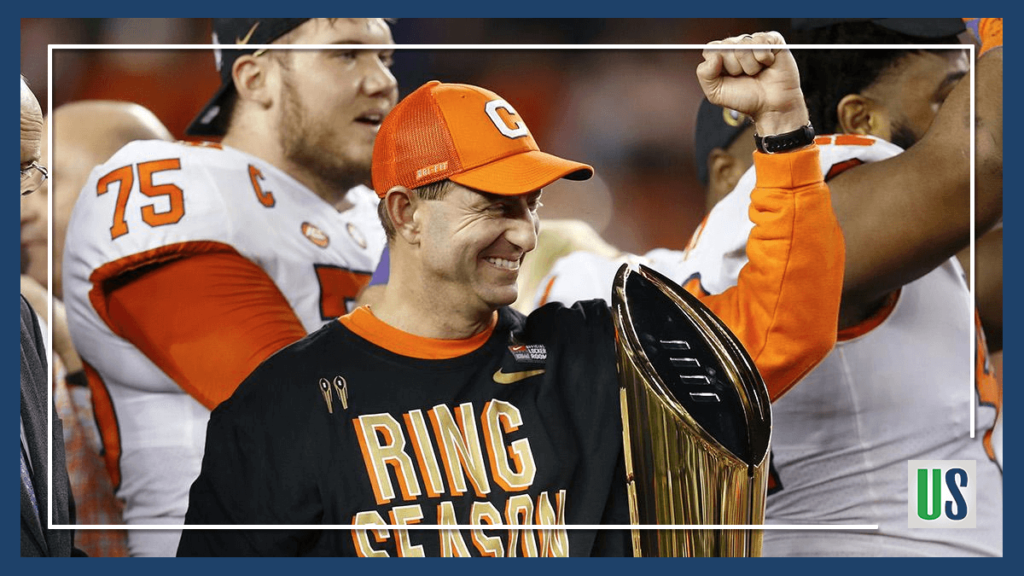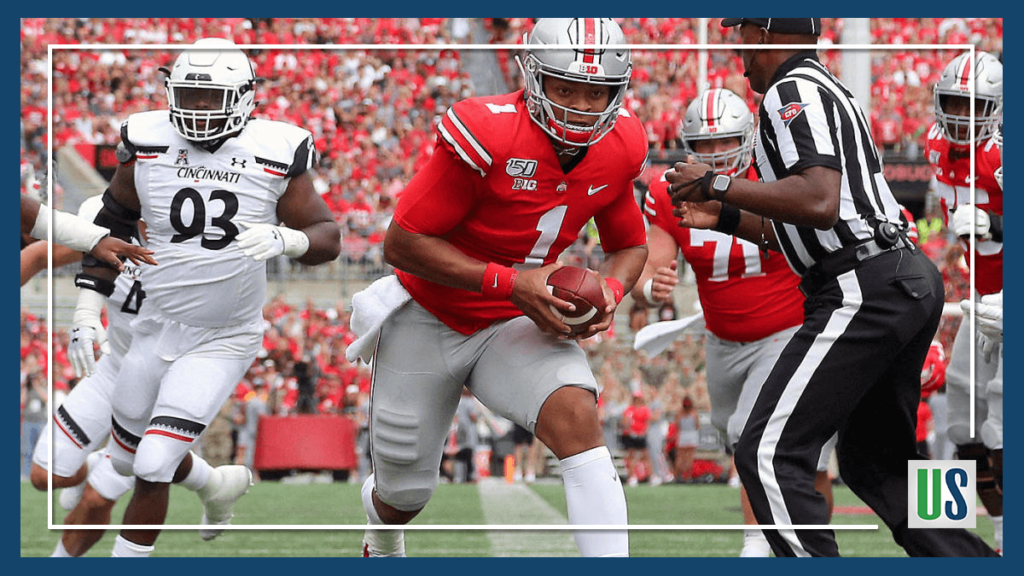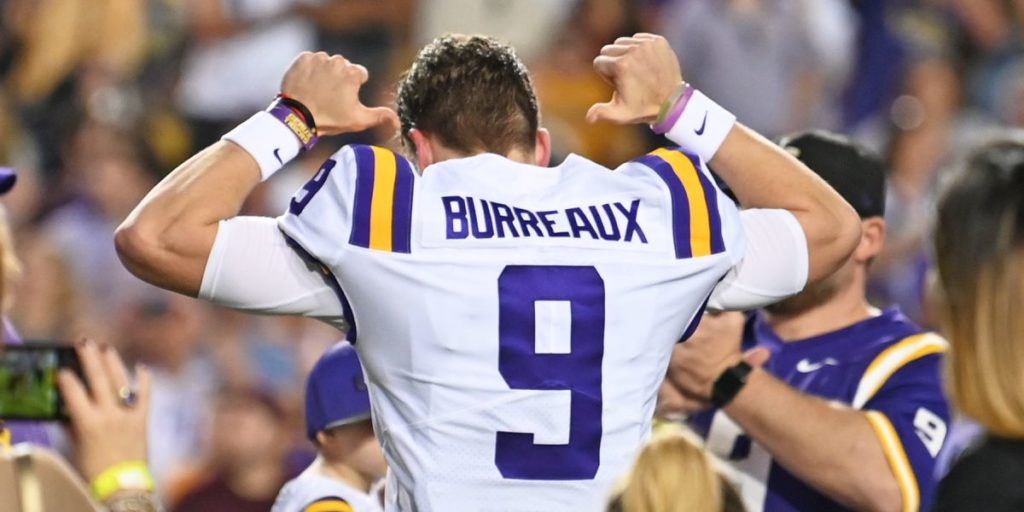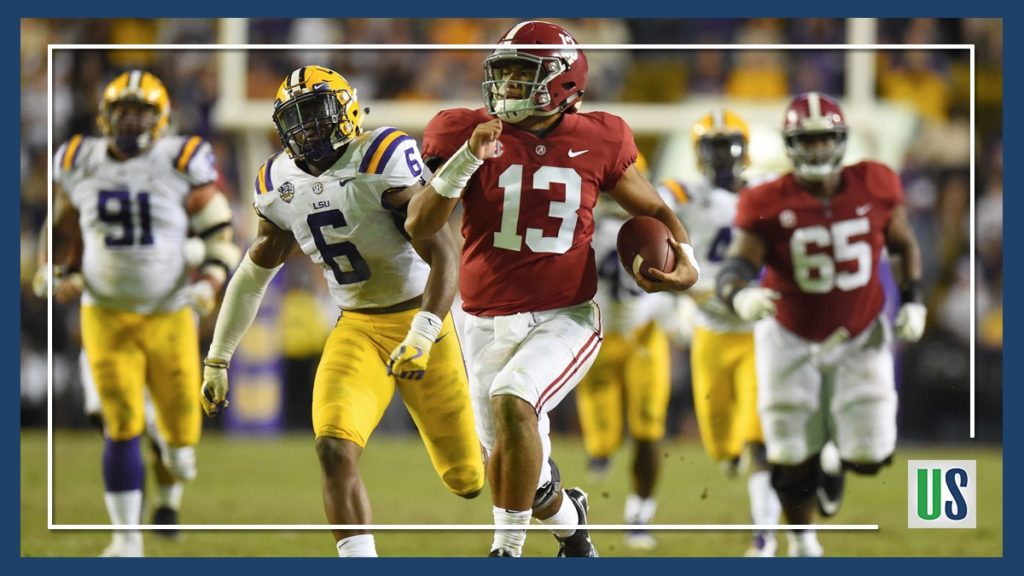It is that time of year again. College football playoff and bowl game season! The College Football Playoff (CFP) matchups are set. Bowl game matchups are set. There is a lot at stake during the college football post-season. Bragging rights for winning a bowl game, being crowned the CFP champion, and last but not least – MONEY. There are millions of dollars at stake for coaches, conferences, and schools. However, there is one group that is systematically left out of the financial distributions. That group is none other than the football players themselves.
It is true that the NCAA permits bowl game participants to receive up to $550 in gifts. However, those gifts severely pails in comparison to the rewards that coaches, schools, and conferences receive. Right out the gate, the conferences of the schools that qualify for the College Football Playoff semifinal games receive 6 million dollars for each team. Conferences that do not have a CFP contender still have a chance to rake in 4 million dollars for each team that qualifies for a bowl game. However, this revenue barely scratches the surface of all of the money that is at stake. Let’s take a look at how much the coaches, schools, and conferences stand to earn during the college football post-season.
The CFP and Bowl Games are a Cash Cow for the Participating Coaches

Several college football coaches enjoy million-dollar salaries. CFP champion coach, Dabo Swinney, signed a 9.3 million per year contract for his base salary Many more coaches enjoy salaries in the upper six figures. However, the college football post-season is the sweetest time of year for qualifying coaches. It is sweet because qualifying for post-season play demonstrates that the coach has led the team through a very successful season. It is also sweet because qualifying for post-season play equals sizeable bonus money for the coaches.
Coach Mack Brown at The University of North Carolina, Chapel Hill
Take the University of North Carolina, Chapel Hill coach, Mack Brown, for instance. He will receive $75,000 for the Tar-heels qualifying for the Military Bowl. This $75,000 is additional compensation on top of the $3.5 million he earns as an annual salary. Brown is not the only person on his staff who will be a bonus beneficiary. The Tar-heels assistant coaches will receive bonuses up to “two-twelfths of their annualized salaries”. Meanwhile, the football players will receive a compilation of arguably useless gifts up to $550 in value.
Coach Ryan Day at Ohio State University
Another coach who stands to make more in bonus money than most people make in a year is Ohio State’s Ryan Day. Day replaced Ohio State coaching legend, Urban Meyer, and quickly realized that he needed to make a name for himself. Make a name for himself is just what he did in leading the Buckeyes to the CFP for the first time since 2016. Day stands to earn an additional $450,000 in CFP bonuses. Per Day’s contract, he will earn $200,000 just for the Buckeyes making an appearance in the CFP. Day stands to make another $250,000 if the Buckeyes make it to the CFP semifinals.
However, Ohio State and Clemson are set to face off in the Fiesta Bowl. If the Buckeyes are successful in that game, Day will not receive $250,000 if the Buckeyes make it to the CFP semifinals. Instead, Day will receive $350,000 for “team participation in the finals of the College Football Playoff.” These are only the bonuses that two coaches stand to receive for post-season play. Every other qualifying coach stands to receive similar compensation. Meanwhile, the football players are left with arguably useless gifts totaling up to $550 in value.
Conferences and Schools Rake in the Cash from the CFP and Bowl Games too

Merely having a school qualify for the CFP semifinals or a bowl game earns a conference at least 6 to 4 million dollars respectively. There is so much money available to the conferences and schools from post-season play. Each conference with a school that qualifies for post-season play receives $300,000. Each qualifying independent school receives $300,000 as well. An independent school is one that does not belong to a conference like Notre Dame.
Additionally, each of the ten conferences receives a base amount of money. Conferences who participate in the Orange, Rose, and Sugar Bowl receive approximately $66 million for each conference. Conferences that do not participate in those bowls receive approximately $90 million in the aggregate that is dispersed as the conferences see fit. If Notre Dame qualifies, it receives $3.19 million as an independent school. The other three independent schools receive $1.56 million.
Furthermore, each conference with a school participating in the Cotton, Fiesta, or Peach Bowl or the CFP National Championship receives an additional $2.43 million to cover game expenses. This is a lot of money. Meanwhile, the football players receive arguably useless gifts totaling up to $550 in value. The schools do use some of the money to fund their athletic departments to make collegiate sports participation possible. However, there is still enough money that football players can receive more than $550 worth of gifts.
The Bowl Gifts Are a Joke in Comparison to the Coaching Bonuses and Revenue the Conferences and Schools Receive

Football players who participate in bowl games and the CFP are allowed to receive $550 worth of gifts. In the scheme of things, the gifts are arguably worthless and pails in comparison to the six-figure bonuses their coaches receive. Participants in the Peach Bowl will receive a $390 Vanilla Visa Gift Card, a Fossil watch, and a football. While a $390 gift card sounds nice, it is nothing for all of the hard work and effort players put into their sport. It is certainly nothing compared to the bonuses the coaches receive.
Participants in the Playstation Fiesta Bowl receive a PlayStation 4 Gift Package, a Fossil watch, an Ogio Shuttle Pack backpack, a history of bowl games book, and an Ice Shaker Insulated bottle. A PlayStation 4 is a nice gift. However, is it really that useful for a college football player who puts in 40 plus hours a week on football and has to study too? It would seem that sharing the revenue with the players would be a better option. However, that is not going to happen because of the NCAA’s farce of amateurism.

What if the NCAA, Conferences, and Schools Decided to Share the Revenue With the Players?
If the revenue was shared with the players it would provide a major financial boost for the players. This is especially true for players who come from disadvantaged situations. Such players often need extra money to make ends meet. Players who may need extra cash cannot even sell their gifts without fear of being declared ineligible for receiving an impermissible benefit like Terrelle Pryor. In 2010, Pryor was suspended for selling his sportsmanship award from the 2008 Fiesta Bowl. If the NCAA, conferences, and schools decided to share some of the revenue they could eliminate this problem for their athletes.
The NCAA could hold the money in a trust for the football players to receive after they graduate. They could provide financial planning seminars to help them manage the money and use it in a productive manner. This would help the players way more than a fossil watch ever could. With all of the money floating around college football post-season play, the players should receive more than a $550 gift.




